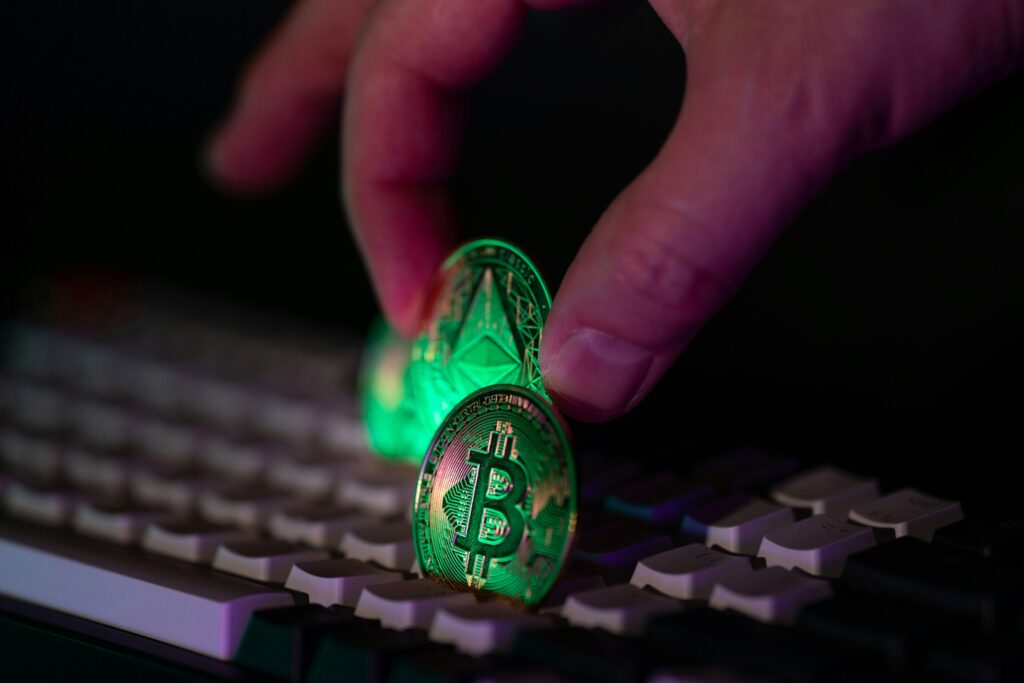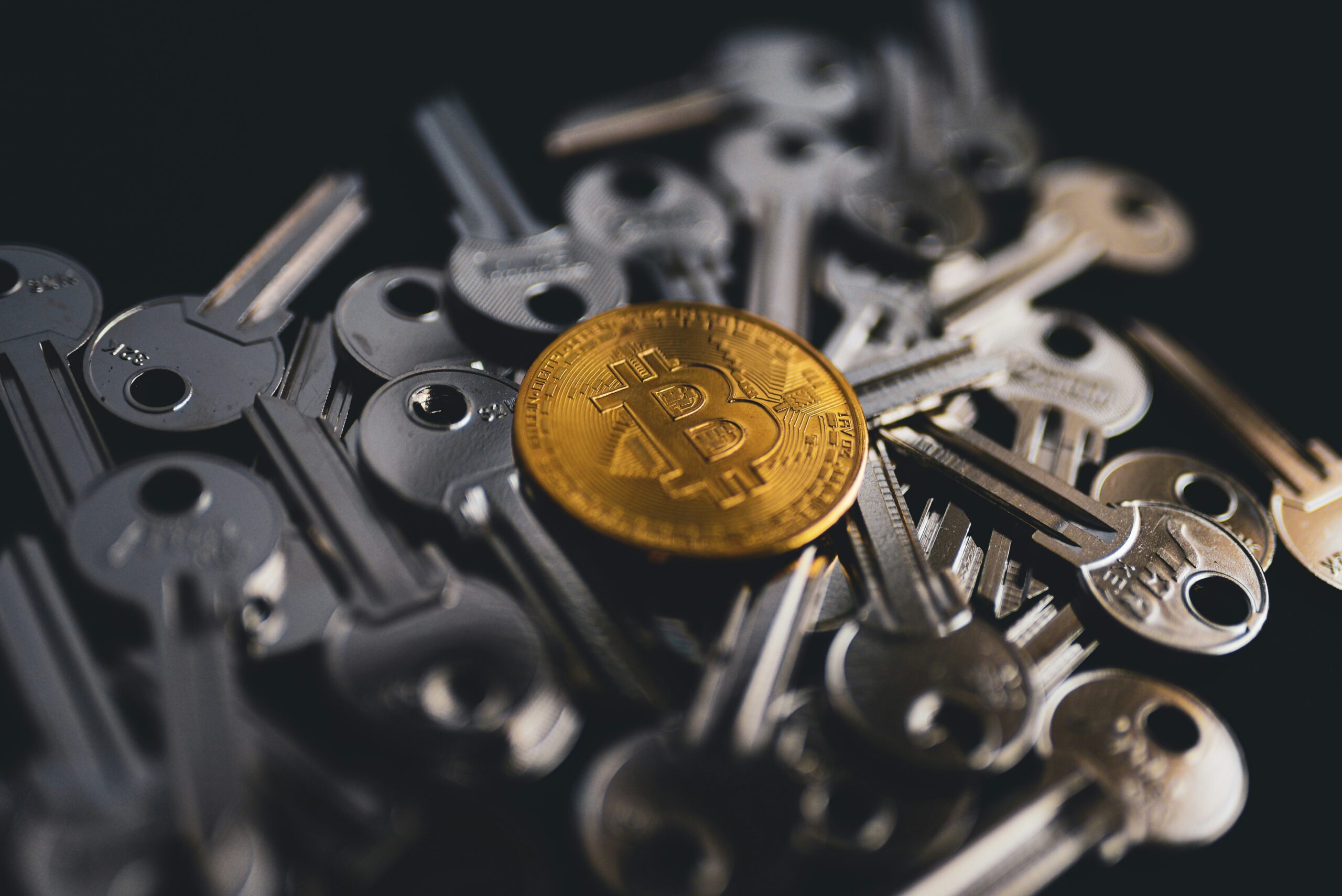As cryptocurrencies continue to gain traction, so do the risks associated with storing, trading, and managing digital assets. From phishing scams to exchange hacks, the crypto space can be daunting for newcomers. This guide will walk you through essential crypto security tips every beginner should know to stay ahead of threats in the blockchain world.

Why Crypto Security Matters
The decentralized nature of cryptocurrencies makes them attractive—but it also means you’re your own bank. Unlike traditional banking systems where a lost password or a compromised account can be recovered, a misstep in crypto security often leads to permanent loss. Understanding how to secure your assets is the most important first step for any crypto beginner. Learning the right crypto security tips can prevent permanent loss and protect your digital assets from day one.
Common Threats in the Crypto Space
Before diving into security measures, it’s important to know what threats you’re protecting yourself against:
- Phishing attacks – Fake emails or websites designed to steal your login credentials or private keys.
- Malware and keyloggers – Software that records everything you type, including your seed phrases or passwords.
- Exchange hacks – Centralized exchanges can be vulnerable to large-scale breaches.
- Rug pulls and scam tokens – Fraudulent projects that disappear with investors’ money.
- SIM swapping – An attack that takes control of your mobile number to bypass 2FA security.
- Fake wallet apps – Apps designed to look like real wallets but steal your funds upon login.
Knowing these risks helps inform the steps you should take to protect yourself.
Let’s dive into 10 crypto security tips that every newcomer should follow to avoid the most common mistakes.
Step 1: Use a Secure Wallet
Your wallet is where you store your crypto. There are two main types:
Hot Wallets (Online)
These are connected to the internet and include apps like MetaMask, Trust Wallet, and exchange wallets. They’re convenient but more vulnerable to attacks.
Cold Wallets (Offline)
These are physical hardware devices like Ledger and Trezor. Since they aren’t constantly connected to the internet, they’re significantly more secure for long-term storage.
Tip: Use hot wallets for daily transactions and cold wallets for long-term holdings.
Step 2: Store Your Seed Phrase Safely
When you create a wallet, you’ll be given a seed phrase (a string of 12–24 random words). This phrase is the master key to your wallet.
Do:
- Write it down on paper or engrave it on a metal backup.
- Store it in a secure location (like a fireproof safe).
Don’t:
- Take a screenshot or save it on your phone/computer.
- Upload it to cloud storage or email.
If someone gets your seed phrase, they get your crypto. It’s that simple.
Step 3: Turn On Two-Factor Authentication (2FA)
2FA adds another layer of protection to your accounts, requiring a second code (usually from your mobile device) in addition to your password.
Use an authenticator app like:
- Google Authenticator
- Authy
Avoid using SMS-based 2FA when possible, as it’s vulnerable to SIM swapping.
Following these crypto security tips will help ensure your wallet stays safe, even if your device gets compromised.
Step 4: Stick to Reputable Platforms
Only use crypto exchanges, wallets, and DeFi platforms with strong reputations and long-standing track records. Do some due diligence:
- Check if the platform has been audited.
- Look for user reviews on Reddit, Twitter, and forums.
- Research whether the team is public and experienced.
Use Case Insight: Coinbase, Binance, and Kraken are among the most secure centralized exchanges for beginners.
Step 5: Double-Check Every Transaction
Crypto transactions are irreversible. Once you hit “send,” it’s gone forever—no customer support or undo button.
Before confirming:
- Check wallet addresses letter by letter.
- Ensure you’re sending the right coin to the right network (e.g., USDT on Ethereum vs. BSC).
- Never copy addresses from unknown sources.
Step 6: Watch Out for Social Engineering
Attackers often exploit human behavior rather than technical flaws. Here’s how to spot red flags:
- Urgency: “You must act now to secure your funds!”
- Spoofed accounts: Fake support profiles on Telegram or Twitter.
- Too-good-to-be-true offers: “Send 1 ETH, get 2 ETH back.”
Always verify before engaging with anyone, even if they seem legitimate.
Step 7: Keep Your Software Updated
Security patches and bug fixes are released regularly. Whether you’re using a wallet, browser extension, or exchange app, always keep them up to date.
- Enable auto-updates where possible.
- Regularly check for new firmware for your hardware wallet.
Step 8: Use a VPN and Secure Your Internet Connection
When accessing your wallets or exchanges:
- Use a VPN (Virtual Private Network) to mask your IP.
- Avoid public Wi-Fi.
- Consider setting up a dedicated device just for crypto activities.
Step 9: Be Cautious with DeFi and NFTs
Decentralized platforms and NFT marketplaces are full of opportunities—but also vulnerabilities.
- Only connect your wallet to trusted smart contracts.
- Revoke unnecessary permissions with tools like Revoke.cash.
- Always read contract audits when available.
Step 10: Don’t Brag About Your Holdings
The less people know about your crypto portfolio, the better. Avoid sharing screenshots or wallet balances on social media. Public exposure can make you a target for phishing or even real-world threats.
Final Thoughts
Crypto security isn’t about paranoia—it’s about precaution. The decentralized nature of blockchain puts the power in your hands, but with great power comes great responsibility. By following these crypto security tips, beginners can confidently navigate the digital asset space and reduce their risk of loss or theft.


Leave a Reply